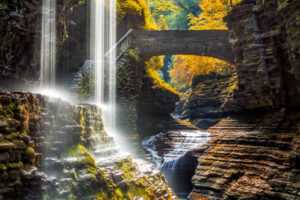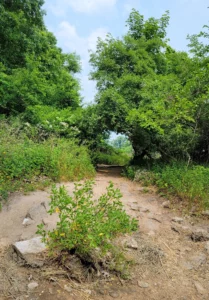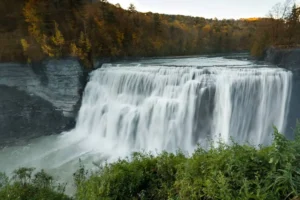Nestled in the heart of the Finger Lakes region, Watkins Glen State Park stands as a testament to the awe-inspiring beauty of nature. As visitors traverse the park’s trails, marveling at waterfalls and immersed in the serenity of its gorges, it’s crucial to acknowledge the ongoing efforts dedicated to preserving this ecological gem. In this article, we will shed light on the conservation initiatives undertaken by Watkins Glen State Park, emphasizing the role of community involvement, sustainability practices, and ongoing projects that strive to safeguard this natural paradise.
Community Involvement: A Stewardship Ethos
Conservation efforts at Watkins Glen State Park extend beyond the boundaries of the park itself. The local community plays a pivotal role in the preservation of this natural treasure. Community involvement is fostered through volunteer programs, awareness campaigns, and partnerships with local organizations. Volunteers actively participate in clean-up initiatives, trail maintenance, and educational programs, creating a sense of shared responsibility for the well-being of the park.
Sustainability Practices: Balancing Preservation and Recreation
Striking a delicate balance between preservation and recreational activities is a key focus of Watkins Glen’s sustainability practices. The park employs eco-friendly measures, such as waste reduction programs, recycling initiatives, and the use of sustainable materials in construction projects. Trail design and maintenance follow principles that minimize ecological impact, ensuring that visitors can enjoy the park’s beauty without compromising its delicate ecosystems.
Habitat Restoration: Nurturing Biodiversity
Watkins Glen State Park places a strong emphasis on habitat restoration to support biodiversity within its boundaries. Invasive species management programs are implemented to protect native flora and fauna. Restoration projects aim to revitalize habitats affected by human activity, ensuring that the park remains a thriving ecosystem where a diverse array of plant and animal species can flourish.
Water Conservation: Sustaining the Lifeblood of the Park
Water is a precious resource within Watkins Glen State Park, and conservation efforts are paramount to sustaining the park’s natural features. Comprehensive water management strategies aim to minimize waste, control erosion, and maintain the delicate balance of water flow in the gorges. These practices contribute not only to the longevity of the waterfalls but also to the overall health of the park’s ecosystem.
Educational Programs: Fostering Environmental Awareness
An integral part of conservation efforts at Watkins Glen is the park’s commitment to fostering environmental awareness. Educational programs, guided tours, and interpretative signage aim to enlighten visitors about the ecological significance of the park. By cultivating an understanding of the delicate balance that sustains the ecosystem, the park instills a sense of responsibility in its visitors, encouraging them to become advocates for conservation.
Ongoing Projects: Adapting to Evolving Needs
Watkins Glen State Park remains dynamic in its approach to conservation, adapting to evolving environmental challenges and needs. Ongoing projects include initiatives to monitor and address climate change impacts, protect vulnerable species, and enhance sustainable infrastructure. By staying proactive and responsive, the park ensures that its conservation strategies remain effective in the face of ever-changing ecological conditions.
Preserving Paradise Together: A Collective Responsibility
The conservation efforts of Watkins Glen State Park underscore the collective responsibility we share in preserving our natural heritage. Whether it’s the steady hum of waterfalls or the rustle of leaves in the gorge, the park’s beauty is a result of dedicated conservation practices. As visitors, it is incumbent upon us to appreciate and respect the delicate ecosystems that make Watkins Glen a natural paradise.
In conclusion, Watkins Glen State Park serves not only as a breathtaking destination but also as a model for effective conservation practices. Through community involvement, sustainability measures, habitat restoration, water conservation, educational programs, and ongoing projects, the park remains a shining example of how human interaction with nature can be harmonious and sustainable. As we revel in the park’s beauty, let us also commit to being stewards of this ecological paradise, ensuring that it endures for generations to come.



